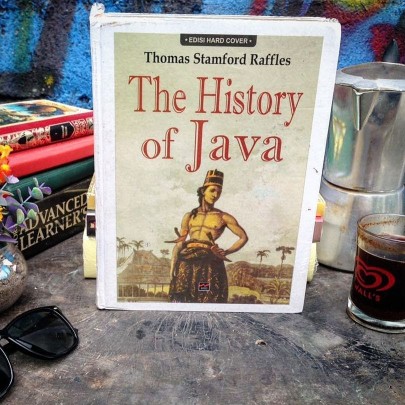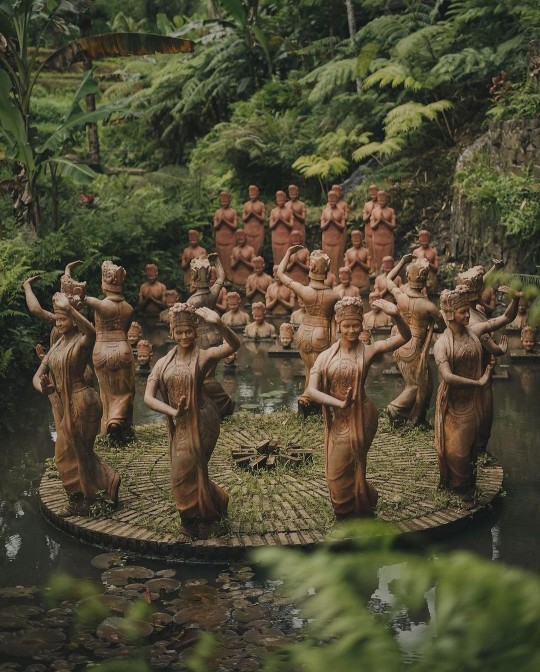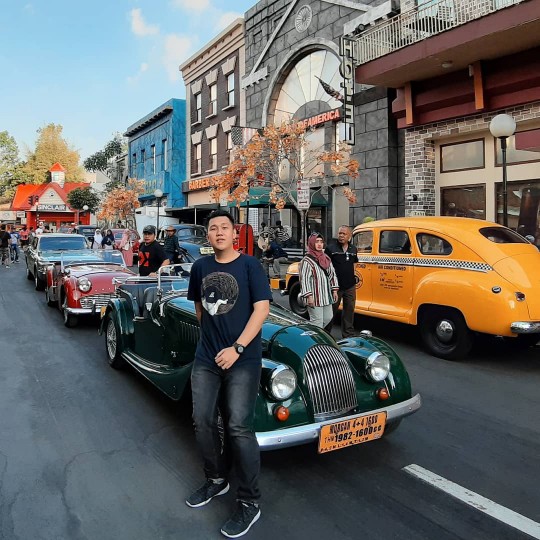When in Java, Explore the Heart of Javanese Culture: Angkringan, the Soulful Gathering Spot
As the holiday season approaches, the enchanting islands of Solo and Yogyakarta in Java, Indonesia, beckon travelers with their unique charm. Beyond the typical tourist attractions, one aspect of Javanese culture that captivates both locals and visitors alike is the tradition of gathering at angkringan—a distinctive Javanese food stall. More than just a place to eat, angkringan serves as a communal space where people from various walks of life come together to share stories over a hearty meal.
Agustina Bintarti’s Artistic Journey: Capturing the Essence of Angkringan Nights
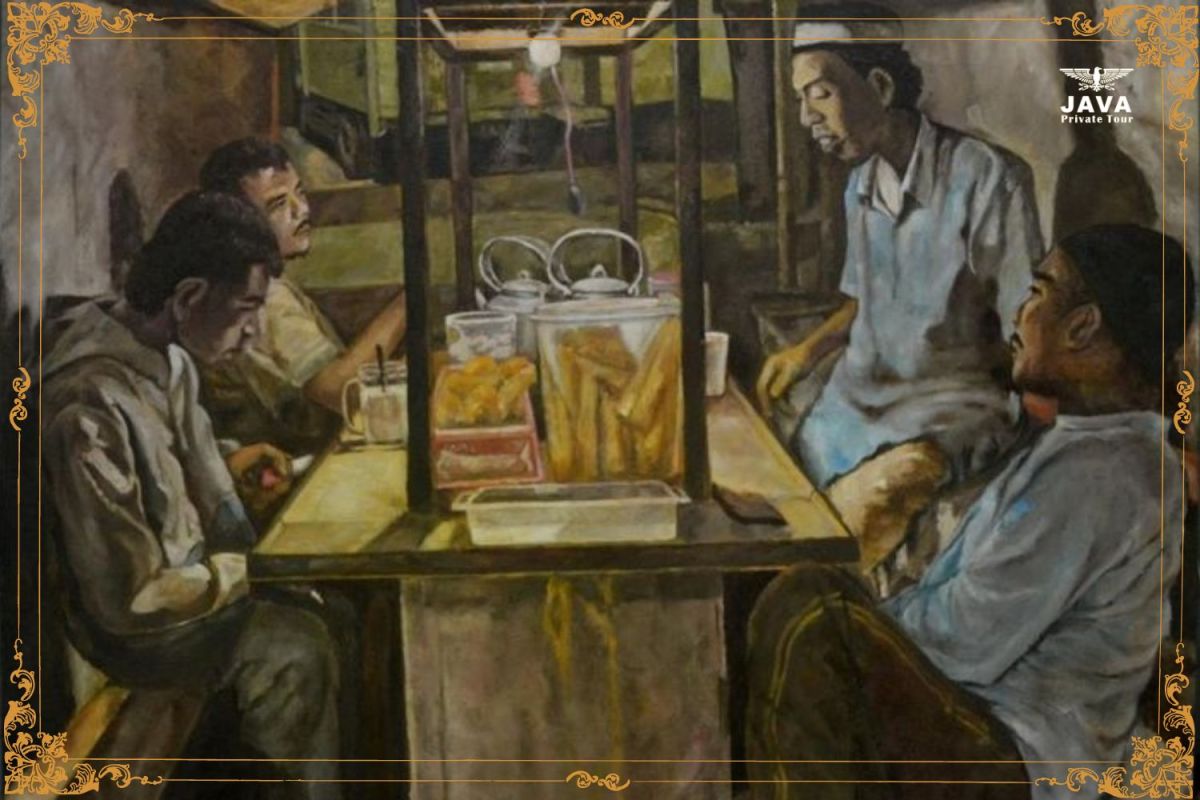
In the heart of Yogyakarta’s angkringan scene, Agustina Bintarti found inspiration for her artwork. In her final art project, titled “Angkringan as a Theme for Painting,” she beautifully depicted the nighttime ambience of several angkringans. Her paintings, showcasing a style she calls “Impressionistic Realism,” offer a glimpse into the captivating world of angkringan life.
According to Agustina, angkringans are scattered across the corners of Yogyakarta, symbolizing the essence of the local community. The vibrant life within these establishments during the night became the focal point of her artistic creations.
“The feelings of joy, sadness turning into happiness, comfort, relief, and an outpouring of nostalgia—all blended together. Add in the company of close friends or loved ones, and it becomes a rejuvenating experience—one that is undeniably grassroots.” she shared with Java Private Tour.
Angkringan through the Lens of History: A Public Sphere in 18th Century Java

Reflecting on angkringan culture, it’s intriguing to draw parallels with the concept of the public sphere presented by Jürgen Habermas in 18th-century France. In his book “Democracy and The Public Sphere,” Habermas explored how communal spaces fueled political discourse, leading to revolutionary ideas during the French Revolution.
Contrastingly, in present-day Java, angkringans serve as simple yet profound communal spaces, fostering an environment where people from all walks of life can engage. These places offer an unrestricted setting for discussions, reminiscent of the coffee shops that played a role in the French Revolution.
Savoring the All-Inclusive Atmosphere of Angkringan
In Indonesia, particularly in Java, angkringan provides a glimpse into the creation of a public space. It offers an all-encompassing environment that is not constrained by time or social hierarchy. Everyone, from the young to the elderly, from the less affluent to the wealthier class, can partake in the angkringan experience.
In a 2011 publication titled “Angkringan Jogja: Urban Space and Ever-Changing Lifestyles,” Sekar Mangalandum shed light on the evolving nature of angkringans in the modern era. New players, armed with substantial resources, have introduced a new concept—the “elite angkringan,” resembling an exclusive café like “The House of Raminten,” owned by a prominent batik entrepreneur in Jogja.
Yet, despite the sophistication of these new-style angkringans, individuals with limited resources, such as students or young artists, still frequent the traditional angkringans for their meals. This dynamic showcases the enduring appeal of these communal spaces.
“Regardless of social standing—be it teachers, bank employees, village officials, or rickshaw drivers—everyone frequents angkringans,” shared Ahmad Rushanfichry, a private school teacher in Solo, with Java Private Tour.
Angkringan as a Creative Hub and Stress-Reliever

The laid-back setting of an angkringan, often with seating options from sitting cross-legged to reclining, provides the perfect backdrop for a variety of conversations. From casual banter to more profound discussions, angkringans become hubs of creativity and stress relief.
“It’s a relaxed place, and a lot of topics can be discussed here. Sometimes, it’s politics, school matters, or just light-hearted banter. Many ideas and breakthroughs in school policies can originate from casual discussions at the angkringan,” added Fichry.
Angkringans, despite their remote or slightly rustic locations, remain the go-to choice for gatherings, ensuring the sustainability of Javanese culture. In the spirit of Javanese philosophy, “mangan ora mangan, sing penting kumpul!” (it doesn’t matter if you eat or not, what matters is gathering together), angkringans continue to uphold the enduring sense of community in Java.
Discover Java with Java Private Tour: Your Gateway to Authentic Javanese Experiences
Now, as you plan your journey to Java, consider Java Private Tour as your guide to authentic Javanese experiences. Not only do our guides speak fluent English, but they also embody friendliness and extensive knowledge. Java Private Tour offers flexibility, tailoring the schedule to your preferences.
Moreover, our team comprises certified local guides, and we provide private transportation options ranging from sedans and vans to tourist buses. Our crew, drivers, and guides are not only licensed professionals but also receive accolades from embassies of satisfied friend countries.
For first-time visitors to Java, let Java Private Tour be your benchmark and recommendation. Experience the heart of Javanese culture, explore the enchanting angkringans, and make your trip to Java an unforgettable adventure with Java Private Tour. BOOK HERE to start your journey today.
You May Also Like
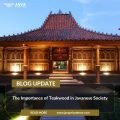 The Importance of Teakwood in Javanese Society
The Importance of Teakwood in Javanese Society
 Discover the Timeless Charm of Warung Kopi Purnama in Bandung
Discover the Timeless Charm of Warung Kopi Purnama in Bandung
 Exploring the Mystical Origins of Mount Bromo and Tengger Society
Exploring the Mystical Origins of Mount Bromo and Tengger Society
 Malabar Highlands & Bandung: Unveiling Java’s Coffee, History & Charm with a Private Tour
Malabar Highlands & Bandung: Unveiling Java’s Coffee, History & Charm with a Private Tour
 Unveiling Java’s Mystical Melodies: Angklung Buhun, the Sacred Soundtrack of Baduy Society
Unveiling Java’s Mystical Melodies: Angklung Buhun, the Sacred Soundtrack of Baduy Society



